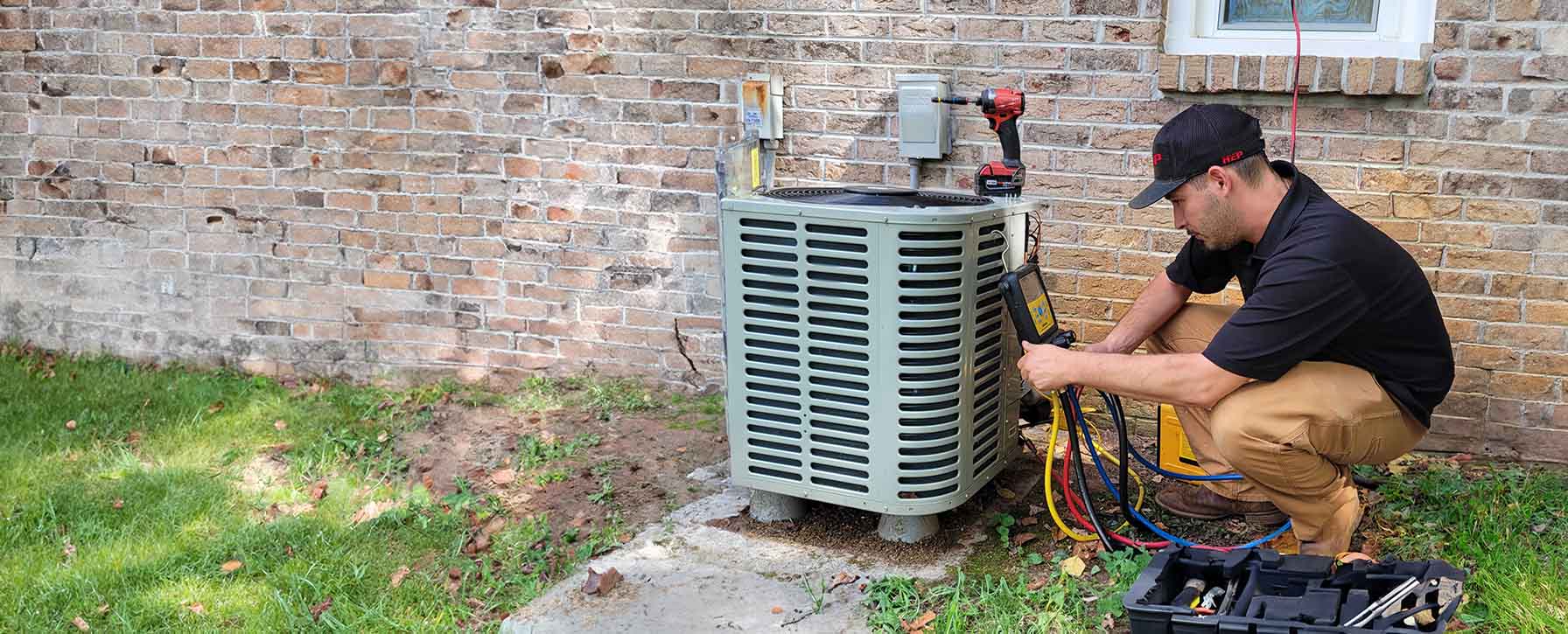

Indoor Air Quality
Your trusted partner for professional home services. Quality workmanship, guaranteed satisfaction.




- HEP
- Indoor Air Quality
Indoor Air Quality | Ventilation and Air Quality | Heating and Air Conditioning | Cookeville
When Cookeville’s seasons turn muggy or frigid, HEP keeps your home breathing easy. Our certified HVAC specialists pinpoint hidden contaminants, balance humidity, and install energy-smart systems that quietly circulate fresh, comfortable air to every room. From high-efficiency air cleaners and UV purification to precision duct sealing, we tailor solutions that protect your family’s health while trimming utility bills—all backed by honest pricing and a 100% satisfaction guarantee.
Because true comfort goes beyond temperature, we focus on ventilation and air quality you can feel and trust. Whether you need a rapid filter replacement, a whole-home dehumidifier, or a complete HVAC makeover, HEP arrives on time, respects your space, and leaves you with air that’s cleaner, safer, and perfectly conditioned for Tennessee living. Call today and breathe the HEP difference.
FAQs
Why is indoor air quality (IAQ) such a concern in Cookeville, TN, and what pollutants are most common?
The Upper Cumberland region experiences high pollen levels in spring, humid summers that promote mold growth, and increased wood-smoke and radon risks in winter. These seasonal factors combine with indoor sources—such as cooking fumes, cleaning chemicals, pet dander, and off-gassing from new furnishings—to create a mix of particulates, volatile organic compounds (VOCs), and biological contaminants. Because the average person spends more than 90 % of their time indoors, poor IAQ can aggravate allergies, trigger asthma, and cause headaches or fatigue. A well-maintained HVAC and ventilation strategy is the first line of defense.
How can my heating and air-conditioning system actively improve indoor air quality?
Modern HVAC equipment does more than heat and cool—it conditions the air. Variable-speed blowers run longer at lower speeds, continuously circulating air through filters so particulates are captured more often. Paired with a balanced ventilation system, your HVAC can dilute indoor pollutants with fresh outdoor air. Many Cookeville homeowners also add whole-home air purifiers, UV germicidal lamps, and high-efficiency filters (MERV 11-16) inside the air handler to trap or neutralize smaller contaminants. Routine maintenance—changing filters every 1-3 months and scheduling bi-annual tune-ups—ensures the system is clean, sealed, and operating at the correct airflow.
What filtration or purification upgrades are best for Cookeville homes?
1. High-Efficiency Pleated Filters: MERV 11–13 filters capture most dust, pollen, and mold spores without severely restricting airflow in standard residential systems. 2. Media Air Cleaners: Four- to five-inch media cabinets provide greater surface area, letting you achieve MERV 13–16 performance with low pressure drop. 3. Electronic Air Cleaners: Electrostatic precipitators and polarized-media units target very small particles (<0.3 µm) and are washable, lowering long-term costs. 4. UV-C Lights: Installed near the evaporator coil or in the ductwork, UV lamps deactivate mold, bacteria, and viruses as air passes by. 5. Whole-Home HEPA Bypass Units: For people with severe allergies or respiratory issues, a dedicated HEPA bypass filter delivers hospital-grade purification without overloading the main blower.
How often should my air ducts be cleaned or inspected?
The National Air Duct Cleaners Association (NADCA) recommends an inspection every 2–3 years and cleaning every 5–7 years, or sooner if you notice visible dust buildup, musty odors, rodent activity, or recent remodeling debris. In Cookeville’s humid climate, biological growth can develop inside insulated ducts if condensation occurs; early inspection prevents widespread contamination and energy loss. Always hire a certified professional who follows NADCA’s ACR standard, uses negative-pressure equipment, and seals or reinsulates ducts afterward.
What role does humidity control play in indoor air quality, and what are my options?
Indoor relative humidity (RH) should stay between 30 % and 50 %. Levels above 60 % encourage mold, dust mites, and bacterial growth, while levels below 30 % cause dry skin, static electricity, and irritation of the eyes and throat. Cookeville’s muggy summers often require supplemental whole-home dehumidifiers that integrate with the HVAC return plenum, removing up to 100 pints per day while delivering fresh, conditioned air back to the supply. In dry winter months, a steam or evaporative humidifier can add moisture to prevent discomfort and wood-furnishing damage. Smart thermostats with built-in humidity sensors automate set-points year-round.
Are there energy-efficient ventilation solutions for older Cookeville homes without existing fresh-air ducts?
Yes. Energy Recovery Ventilators (ERVs) and Heat Recovery Ventilators (HRVs) exchange stale indoor air with fresh outdoor air while transferring heat (and, in ERVs, moisture) between the two airstreams. This reduces heating and cooling losses by up to 70 %. Compact, through-the-wall ERV units or small-duct high-velocity systems can be retrofitted into older homes with minimal construction. Demand-controlled bathroom and kitchen exhaust fans with ECM motors provide spot ventilation and run only when sensors detect high humidity or pollutants, further lowering energy use. A qualified HVAC contractor can calculate the correct airflow (cfm) based on ASHRAE 62.2 ventilation standards and local climate conditions.